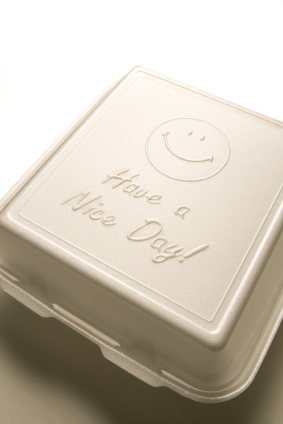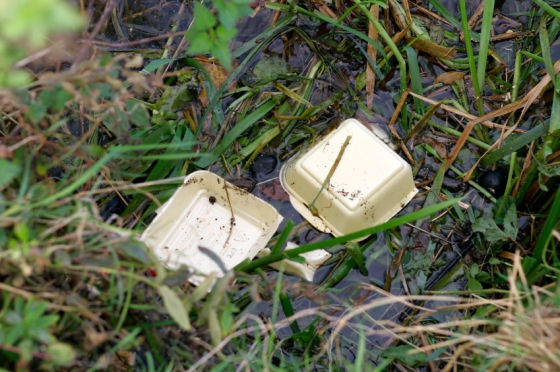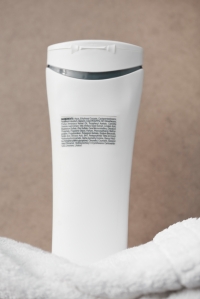 Santa Barbara already diverts over 70% of its waste from the landfill, but that still leaves over 170,000 tons going into it each year. On Tuesday, November 13, just in time for America Recycles Day, the Santa Barbara County Board of Supervisors gave the approval to begin the environmental review of the Resource Recovery Project. The project looks at the 170,000 tons of waste as an opportunity. Its objective is to reclaim resources currently being buried, increase recycling, provide compost, generate energy, extend the life of the landfill and decrease the generation of greenhouse gas. After extensive review of proposals from four different companies, Mustang Renewable Power Ventures was initially chosen by the County to construct and operate a project that includes 3 facilities:
Santa Barbara already diverts over 70% of its waste from the landfill, but that still leaves over 170,000 tons going into it each year. On Tuesday, November 13, just in time for America Recycles Day, the Santa Barbara County Board of Supervisors gave the approval to begin the environmental review of the Resource Recovery Project. The project looks at the 170,000 tons of waste as an opportunity. Its objective is to reclaim resources currently being buried, increase recycling, provide compost, generate energy, extend the life of the landfill and decrease the generation of greenhouse gas. After extensive review of proposals from four different companies, Mustang Renewable Power Ventures was initially chosen by the County to construct and operate a project that includes 3 facilities:
- Materials Recovery Facility (MRF) – this facility would sort the waste into three streams: recyclables, organics and residue
- Anaerobic Digestion Facility (ADF) – this facility would convert all organics recovered from the waste into digestate (compost) and biogas.
- Power Plant – this facility would use the biogas generated by the ADF for fuel to generate electricity.
Recently, local waste management company Marborg Industries asked that they be allowed to submit their own proposal for the Resource Recovery Project and, according to Nick Welsh’s piece for the SB Independent, “MarBorg’s proposal will be considered in the alternatives section of the environmental impact report for the Tajiguas extension plan.” The battle for the garbage begins.
I say three cheers for Santa Barbara. Hip Hip Hooray!
In the words of Supervisor Salud Carbajal, “This is another case of our community being a leader in sustainability by recycling even more than we do now and getting even closer to zero waste. This is a financially responsible local solution to managing our communities’ waste that places us back into a leadership position in environmental action.”
Here are 4 more ways that we can increase our recycling…beyond the bin:
1) Recycle or Donate Electronics – Doing so conserves many valuable resources and materials, including metals, plastics, and glass. It saves energy and avoids air and water pollution caused by the mining and manufacturing of virgin materials. For example: For every million cell phones we recycle, 35 thousand pounds of copper, 772 pounds of silver, 75 pounds of gold, and 33 pounds of palladium can be recovered.
2) Recycle Clothes– Every year Santa Barbara County throws away more than 11 million pounds of usable clothing and household textiles into its very limited local landfill space. Textile waste makes up approximately 8% of the total waste in California. The EPA estimates that about 97% of post-consumer textile waste is recyclable. Textile recycling requires less energy than any other type of recycling and does not create any new hazardous waste or harmful by-products. Compare that to growing conventional cotton which alone uses approximately 25% of the world’s insecticides and more than 10% of the pesticides. Most communities do not have systems in place to address the fabric component of the waste stream but Textile Waste Solutions in Santa Barbara County offers an environmentally and economically friendly alternative. They make regular pick ups from local thrift stores giving clothing, bedding, belts, shoes, and soft toys – virtually anything made from fabric – a second lease on life. So even if your old t-shirt is stained and ratty..drop it off at the thrift store. If it is unwearable, Textile Waste Solutions will recycle it.
photo credit: Pete Prodoehl via photopin cc




















